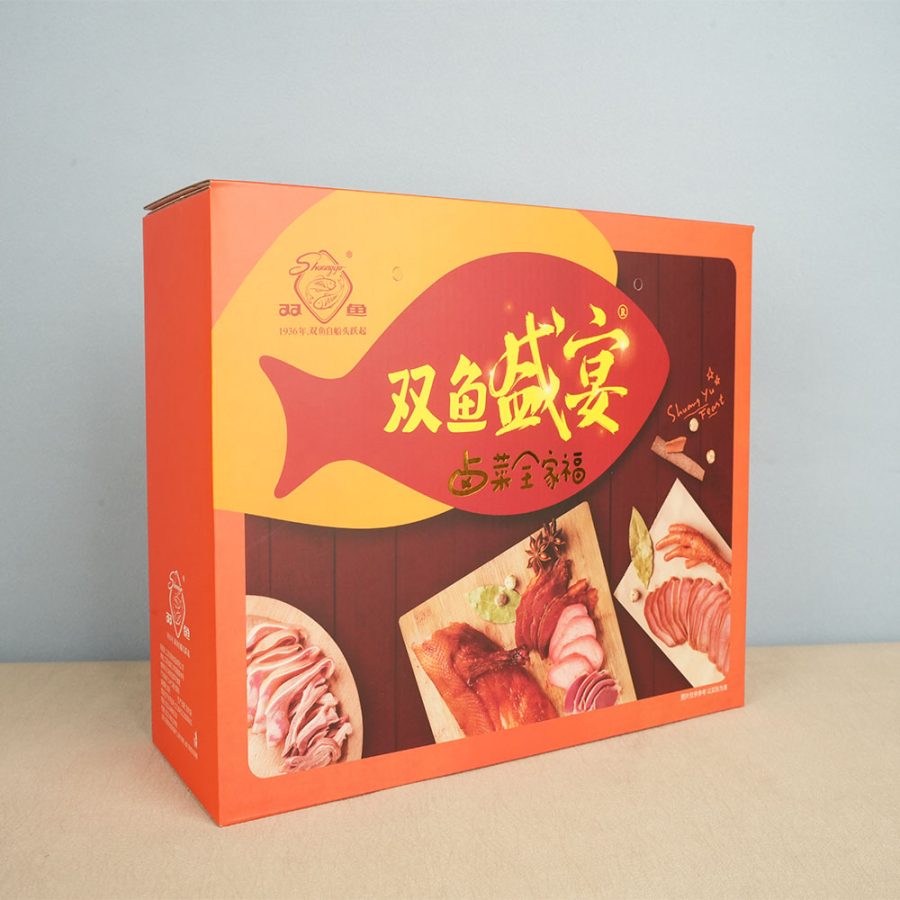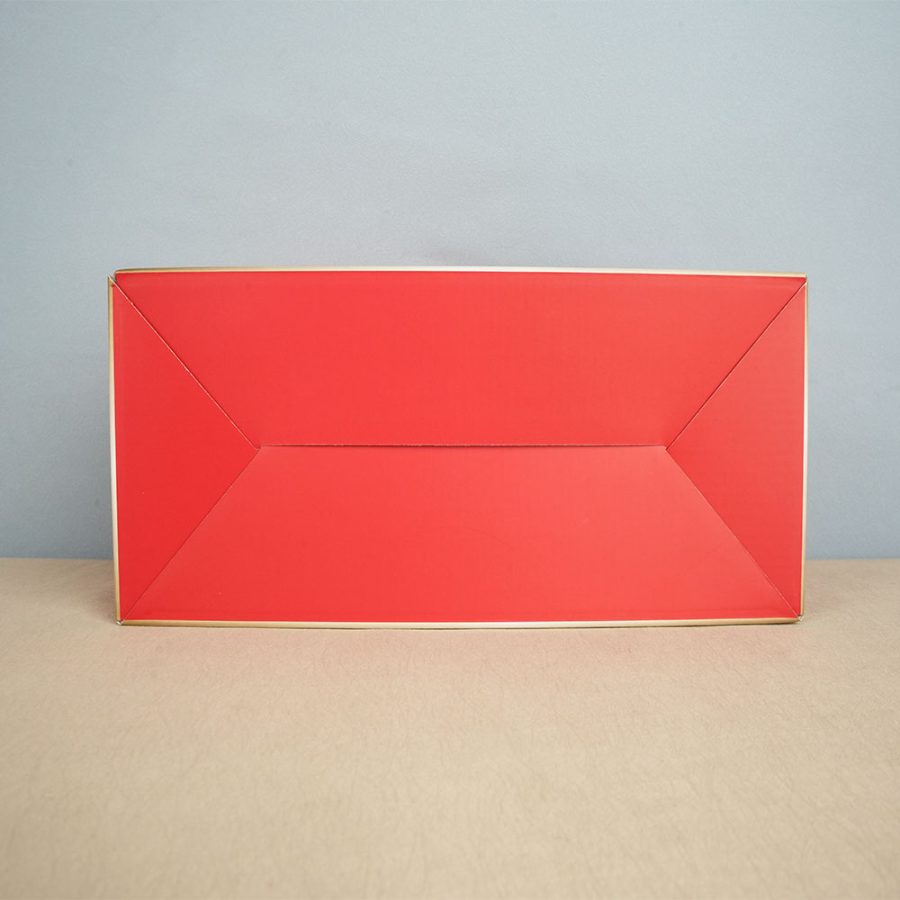The Ultimate Guide to Design Eye-Catching Folding Carton Printing for Retail Success
In the competitive world of retail, packaging is more than just a container—it's a powerful marketing tool. Folding carton packaging plays a crucial role in attracting customers, conveying brand identity, and influencing purchasing decisions. A well-designed folding carton can differentiate a product on crowded shelves and boost sales. This guide will walk you through the key principles of designing eye-catching folding carton printing for retail success.
1. Understand Your Brand and Target Audience
Before diving into design, it's essential to understand your brand's identity and your target customers. Ask yourself:
* What emotions should my packaging evoke?
* Who are my ideal customers, and what appeals to them?
* How does my brand stand out from competitors?
A luxury skincare product, for example, may require elegant, minimalist packaging, while a children's toy might need vibrant colors and playful designs.
2. Choose the Right Materials and Finishes
The choice of material significantly impacts the look and feel of folding cartons. Consider these options:
Cardboard & Paperboard: Cost-effective and ideal for high-quality printing.
Kraft Board: A sustainable choice for eco-conscious brands.
Metallic & Glossy Finishes: Enhances visual appeal and makes packaging stand out.
Matte Coating: Provides a soft, premium look while reducing glare.
Embossing/Debossing: Adds texture for a more tactile experience.
Selecting the right material and finish can elevate your packaging from ordinary to extraordinary.

3. Design for Maximum Visual Impact
A great folding carton design should grab attention and communicate key messages instantly. Keep these design principles in mind:
a) Color Psychology
Colors evoke emotions and influence consumer perception. For example:
Red: Excitement, urgency, appetite stimulation (often used in food packaging).
Blue: Trust, reliability, and professionalism (ideal for tech or healthcare).
Green: Eco-friendly, natural, and organic products.
b) Typography Matters
Choose fonts that align with your brand’s personality while ensuring legibility. Avoid excessive font styles—stick to a maximum of two to three complementary fonts.
c) Strategic Use of Images and Graphics
High-quality images and illustrations can enhance your packaging. Make sure they are relevant, clear, and high resolution. Avoid cluttered designs that overwhelm the consumer.
4. Optimize Layout and Structural Design
An effective folding carton must be both visually appealing and functional. Consider the following:
Die-Cut Windows: Allows customers to see the product inside, increasing trust.
Custom Shapes: Unique structures stand out on shelves and add personality.
Easy Opening & Closing Mechanisms: Enhances user experience and convenience.
Compact & Stackable Design: Ensures efficiency in transportation and storage.
5. Leverage Advanced Printing Techniques
Printing quality can make or break your packaging design. Explore these techniques for a superior finish:
Offset Printing: Delivers sharp, high-resolution images.
Spot UV Coating: Highlights specific design elements for added emphasis.
Foil Stamping: Creates a luxurious, high-end appearance.
Holographic Effects: Adds a futuristic, premium feel.
Using the right printing technique can elevate your design and improve brand perception.

6. Ensure Compliance and Sustainability
Consumers and retailers are increasingly prioritizing sustainability. Consider:
Using recyclable or biodegradable materials.
Reducing ink and chemical usage.
Including eco-friendly certifications on packaging.
Additionally, comply with labeling regulations, ingredient disclosures, and barcode placements to meet retail requirements.
7. Test and Iterate Your Design
Before mass production, conduct tests to ensure the design is both visually appealing and functional. Perform:
Consumer Testing: Gather feedback from potential customers.
Prototyping: Create samples to check color accuracy and durability.
Retail Shelf Testing: Evaluate how the packaging looks among competitors.
Conclusion
A well-designed folding carton can significantly impact retail success by enhancing brand recognition, attracting customers, and influencing purchasing decisions. By focusing on color psychology, material selection, structural design, and printing techniques, you can create packaging that not only looks great but also drives sales.
Investing in high-quality folding carton design is an investment in your brand’s future. Start designing today and watch your retail success soar!







